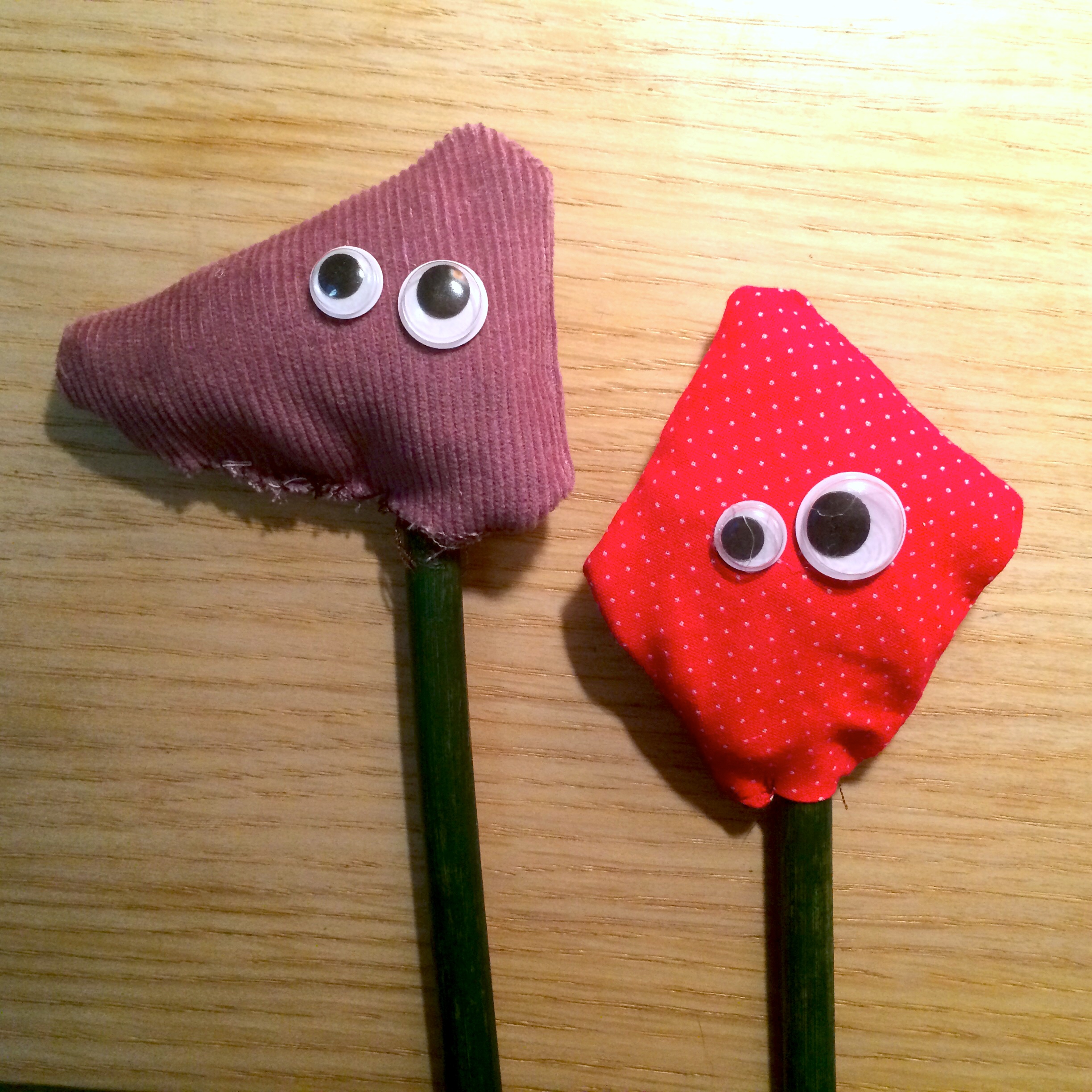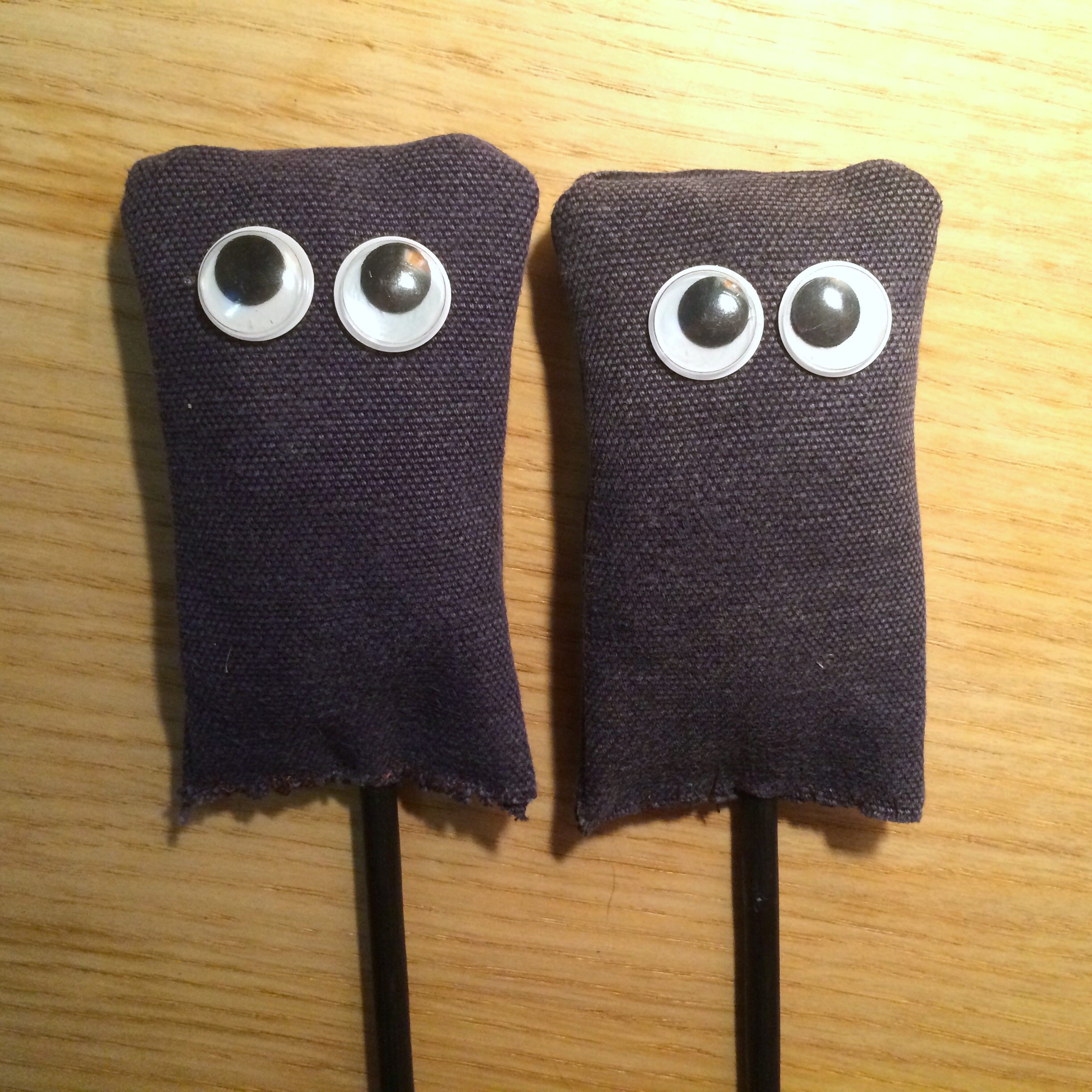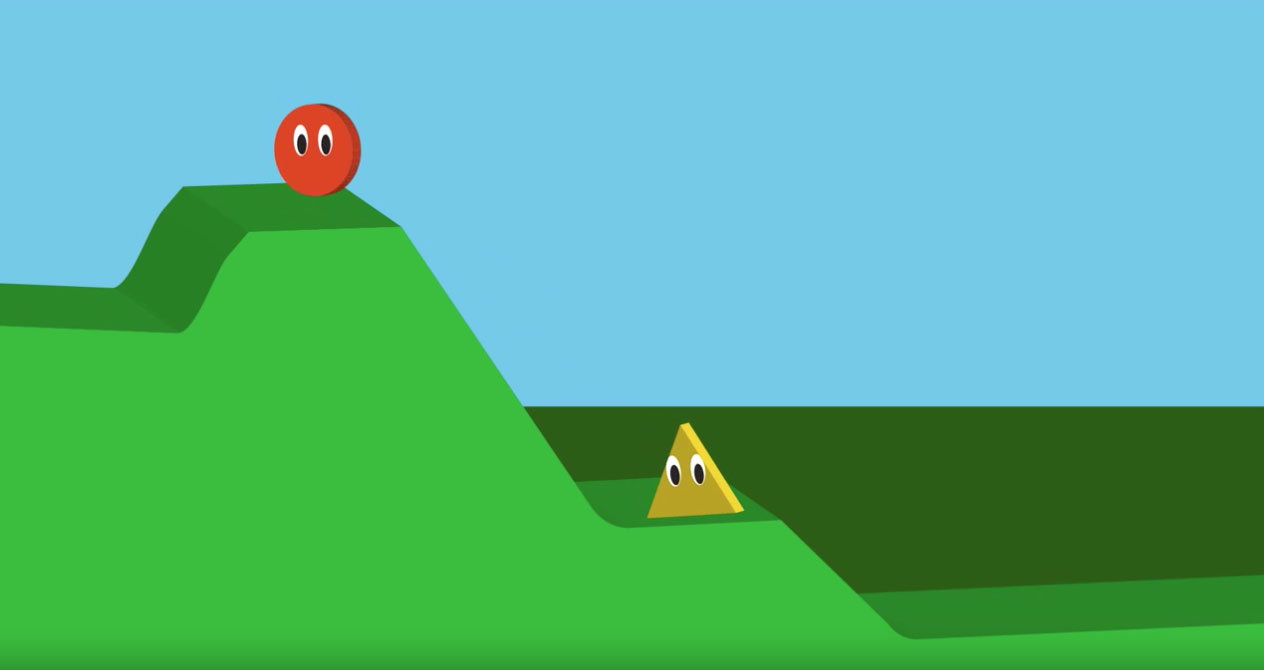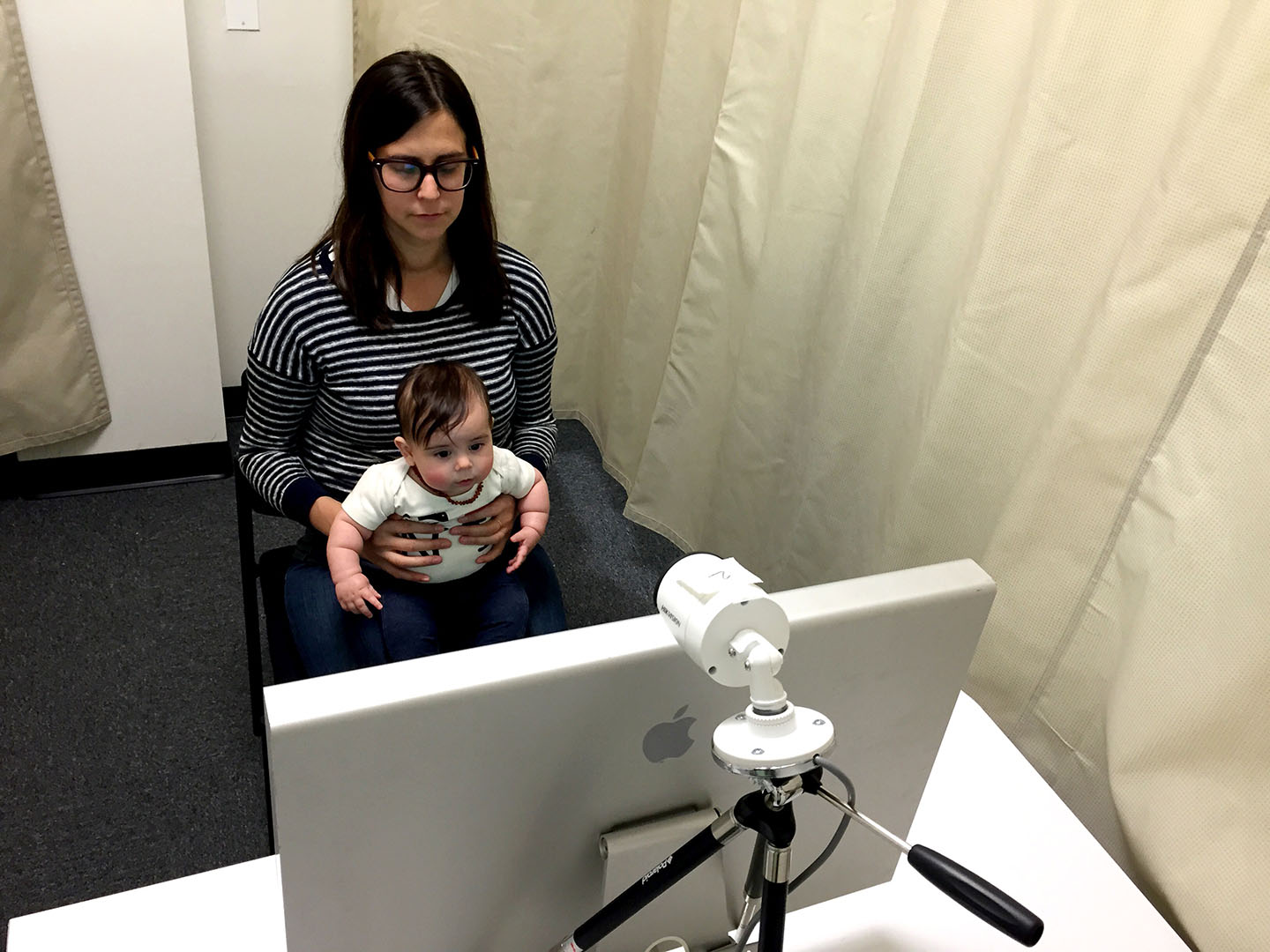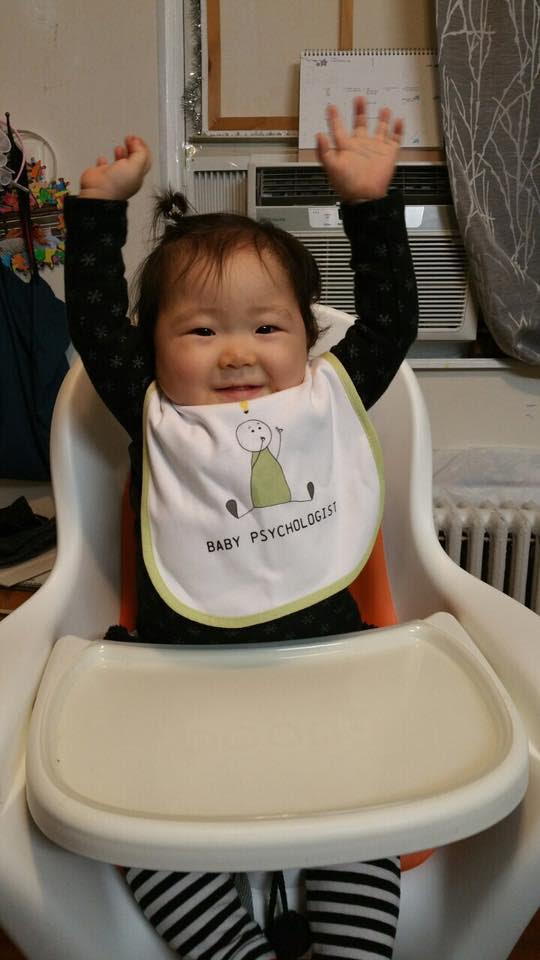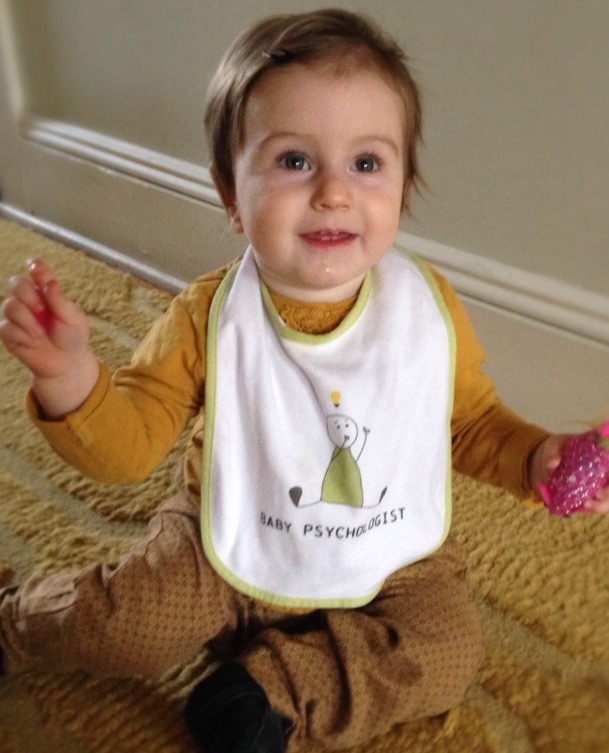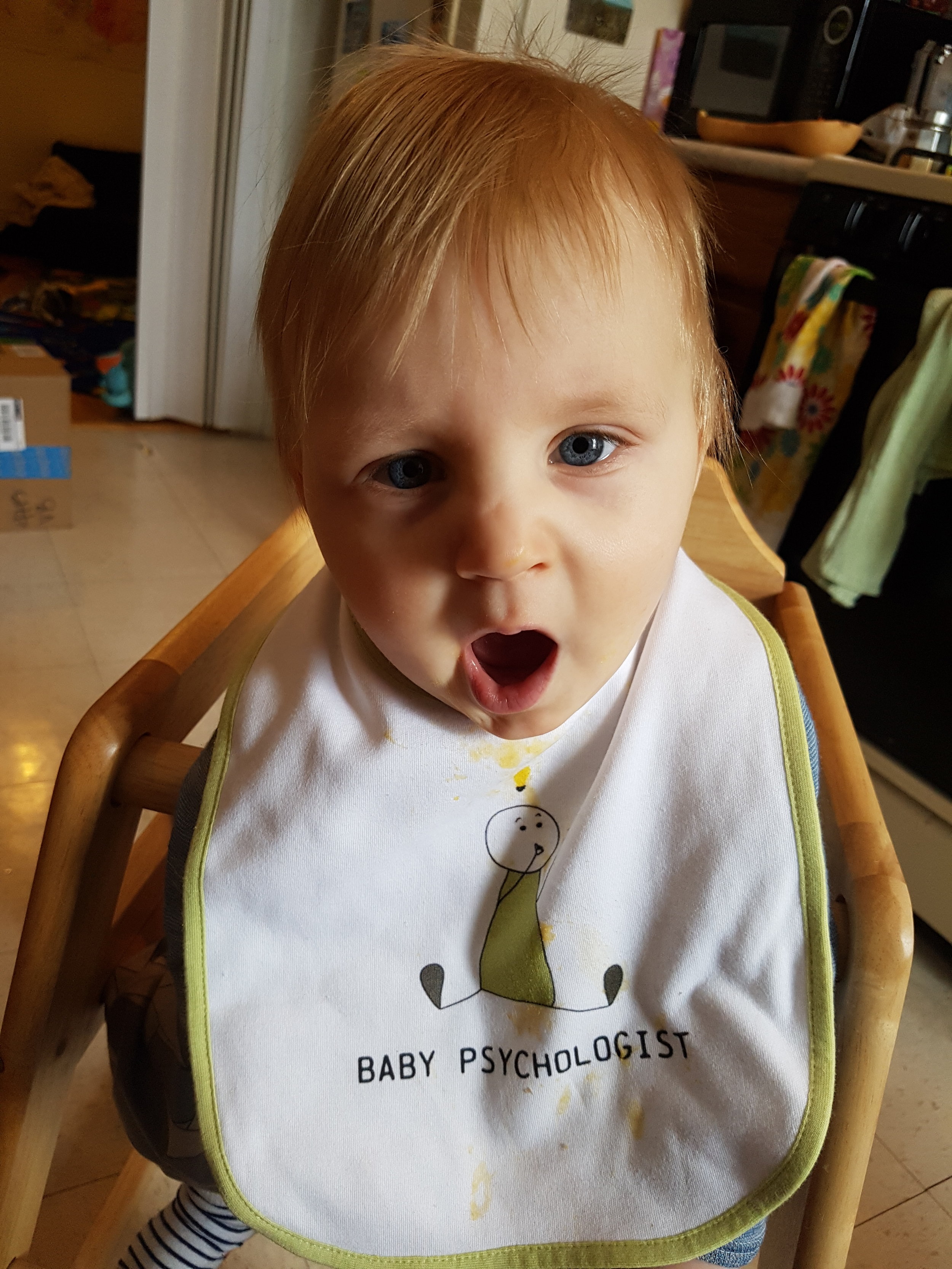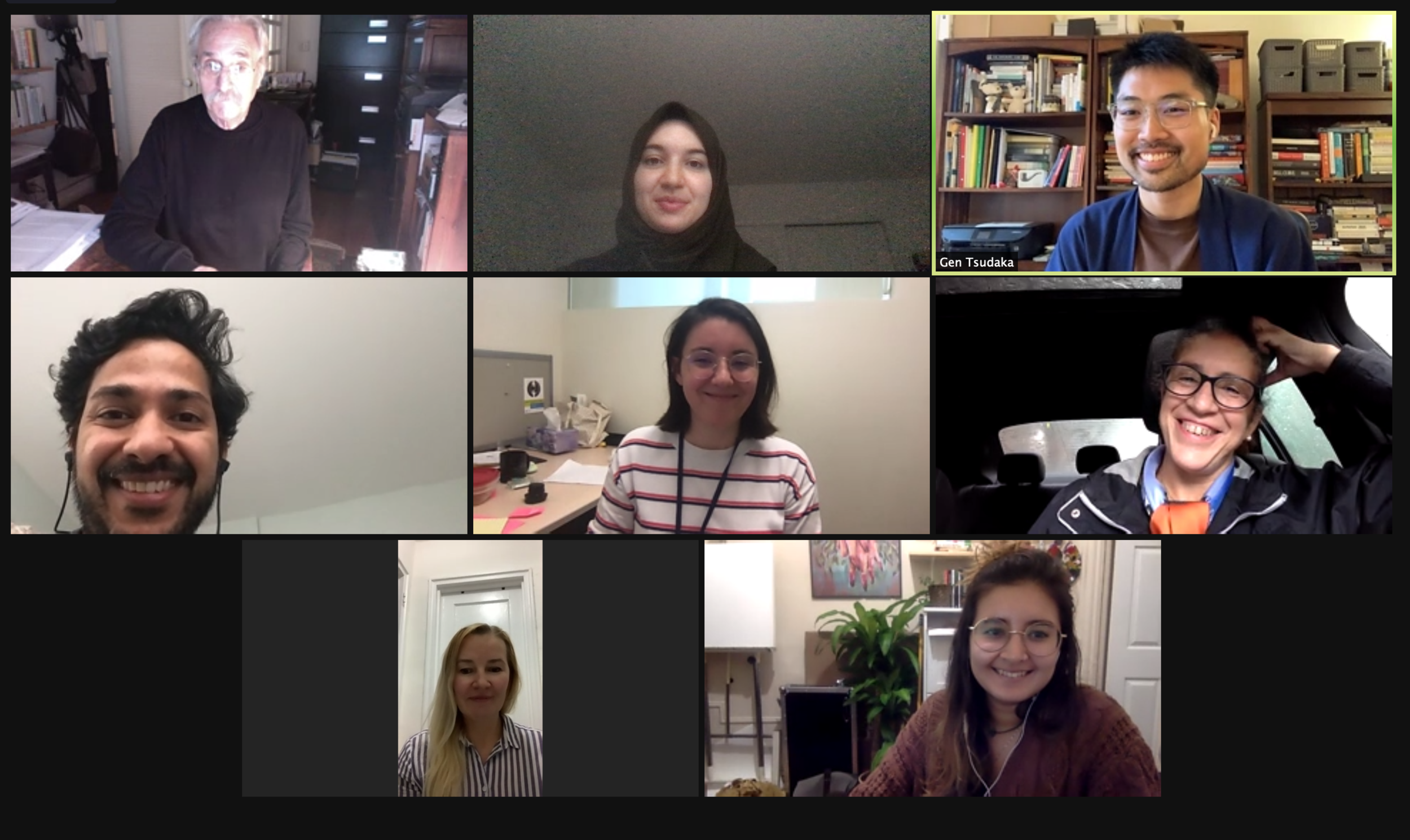





Welcome!
Welcome!
Thank you for visiting!

Our Research
Our Research
At the Center for Research with Infants and Toddlers, our research explores the development of conceptual understanding in infants and young children with a focus on how they come to make sense of their social worlds. We are broadly concerned with the origins of the highly developed abilities that humans possess to recognize, remember, and reason about others as members of different social groups. We are particularly interested in understanding the nature and scope of the precocious processes that underlie the later-emerging development of social categorization, group-based inference, and moral reasoning – as well as the conceptual habits that underlie them.
While early social cognition is our current primary focus, this lab is a new endeavor and we are open to exploring other areas of early childhood cognitive development.
Current Projects
Thinking Through and About Social Groups
In everyday contexts, we often talk as if groups of people have mental states, such as beliefs, desires, intentions, and goals. For example, “The French love to eat baguettes”. “The Republicans tried to block the bill from passing.” Additionally, some groups are more likely to be ascribed beliefs, desires, etc. “People taller that 6 feet prefer pastrami to mushrooms on pizzas” sounds a bit odd, whereas “Men prefer pastrami to mushrooms” sounds more plausible, if not necessarily true. We also do not expect all people who happen to be together or who perform certain actions at the same time to constitute a of group of this kind. For instance, consider three people waiting at a bus stop. Just because they act in unison when they are waiting for the bus and when they are getting on the bus, absent other evidence, for example, we don’t expect them all to get off the bus together.
When do children develop these sorts of intuitions and where do they come from? Much recent work has demonstrated that infants have what are sometimes called precursor expectations about the physical properties of objects and social properties of agents. We are interested in exploring other precursor expectations that preverbal infants might have about social groups, the nature of their members’ interactions with other members of their group, and the nature of their interactions with members of other groups. To do this, we present infants with dynamic shows featuring animated characters. We watch infants’ reaction to their behaviors (e.g., looking direction or looking time) and use this information to make inferences about the characters. Babies love the fun sounds and movements they make!
Now running
Study 1 :
Do preverbal infants use sartorial cues and ornamentation to categorize people? Do they use these categories to predict language use?
Experiment 1: Infants aged 6 months are shown a series of pictures of adults wearing traditional clothing from a nonwestern society. They will then look at two pictures of adults, one from the same culture next to the picture of an adult from another nonwestern society. We want to know which person the child prefers to look at.
Click below to sign up!
https://lookit.mit.edu/studies/cc99f26d-fdf1-4489-8661-8fffd4e06764/
Experiment 2: Infants aged 6 months are presented with picture of adults wearing traditional clothing and hear samples of an unfamiliar language. Then they will be presented with pictures of other adults wearing traditional clothing and hear a new sample of the unfamiliar language and a sample of a second unfamiliar language. Finally, they will then be presented with an adult wearing traditional clothing from a new society and hear speech samples in both languages. We want to know whether the child will look longer at some pairings more than the others.
Study 2:
Do children expect members of a group of agents to stay together rather than go their separate ways after performing a cooperative act?
Experiment 1: Infants aged 10 months are presented with an animation that depicts an agent (a round ball), which is either helped or thwarted in attaining a goal (climbing a small hill) by several triangles. Then, infants watch two videos: one in which the triangles stay together, the other in which they go separate ways. We want to know which of these outcomes the child looks longer at.

Sign Up!
Sign Up!
Want your baby to join our team? Fill out the survey below and we will contact you about coming in to participate in a study!
Conference Posters
Lancaster Conference on Infant and Child Development (LCICD) 2023
Conference Posters
Lancaster Conference on Infant and Child Development (LCICD) 2023
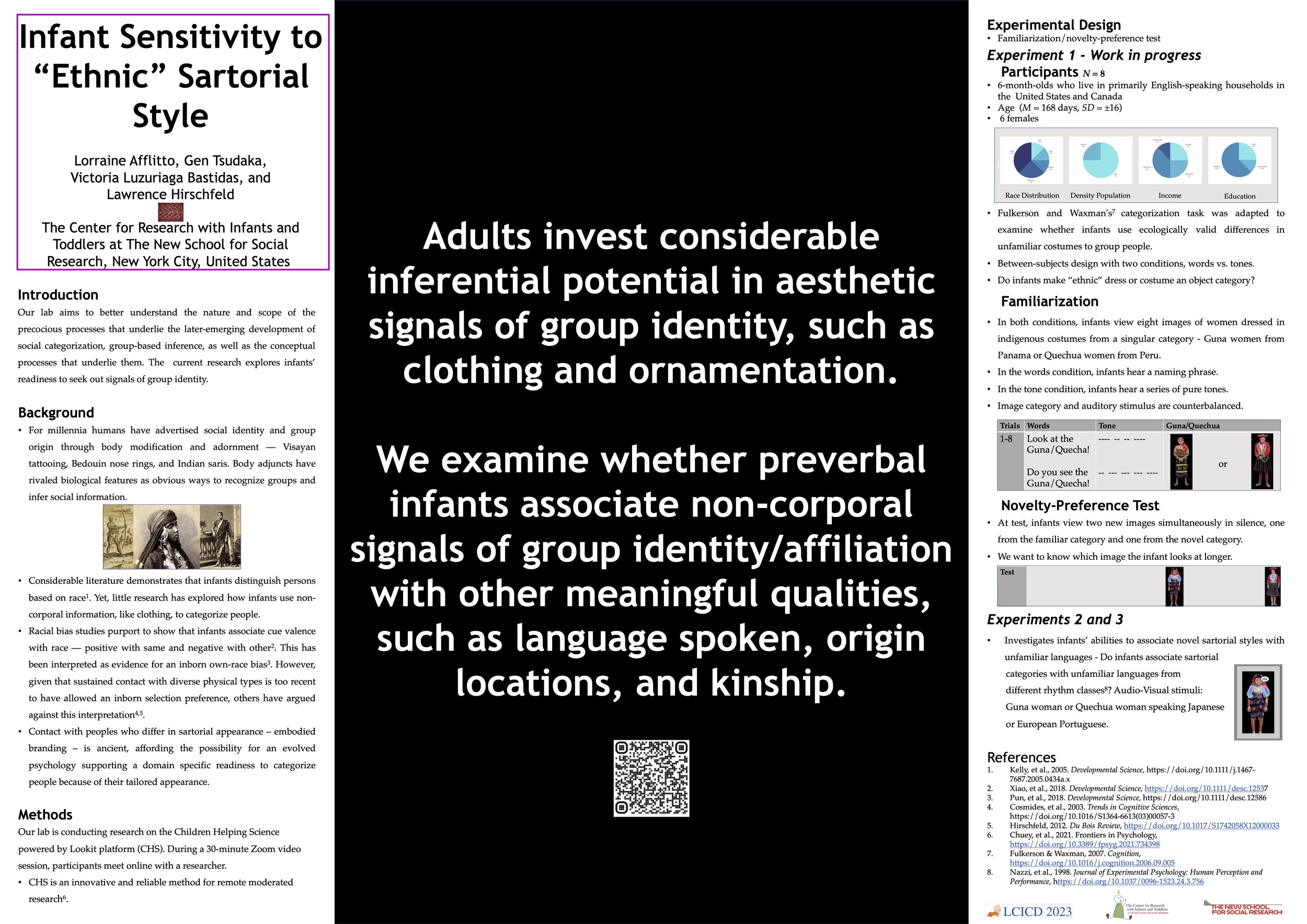
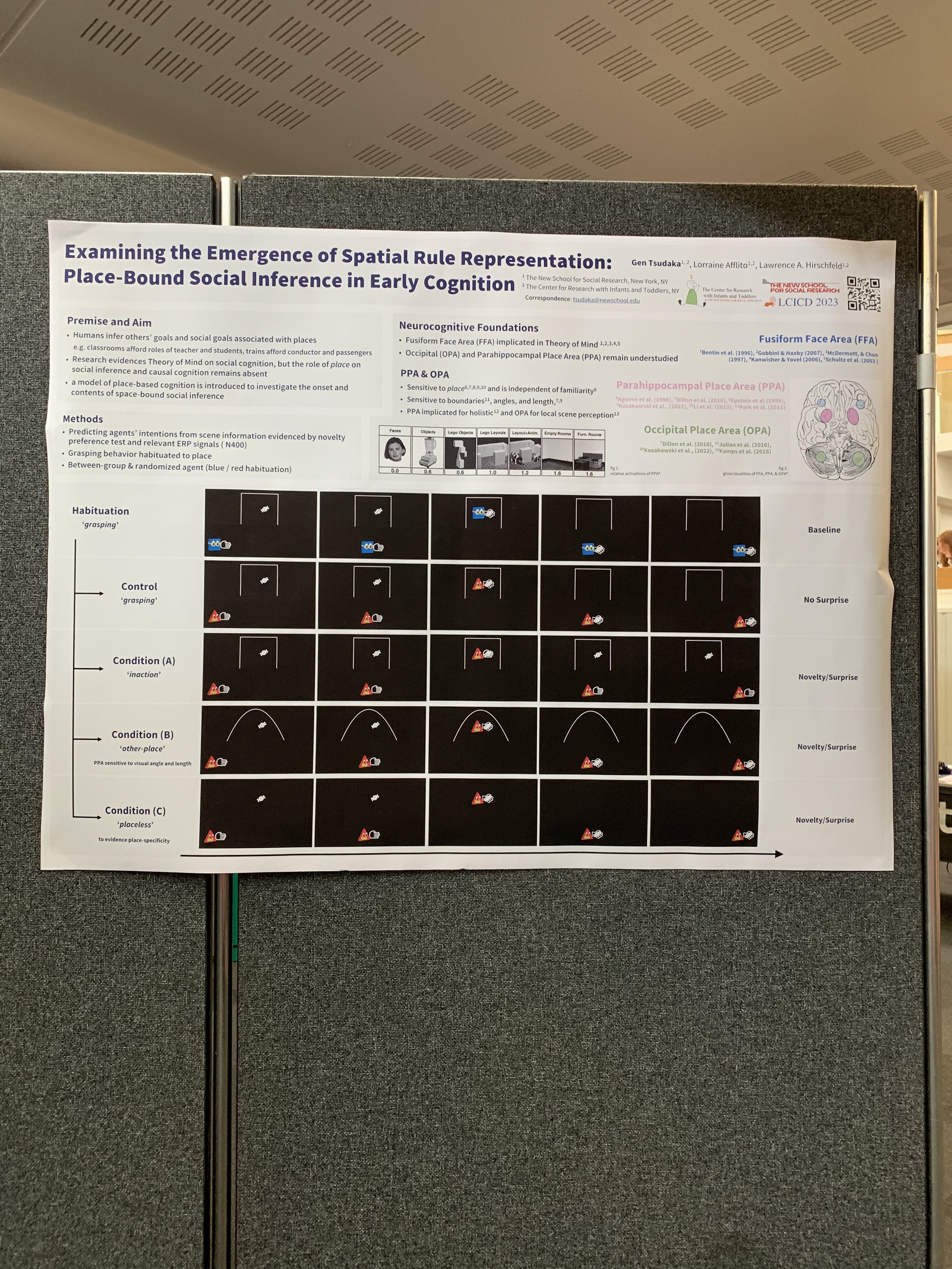
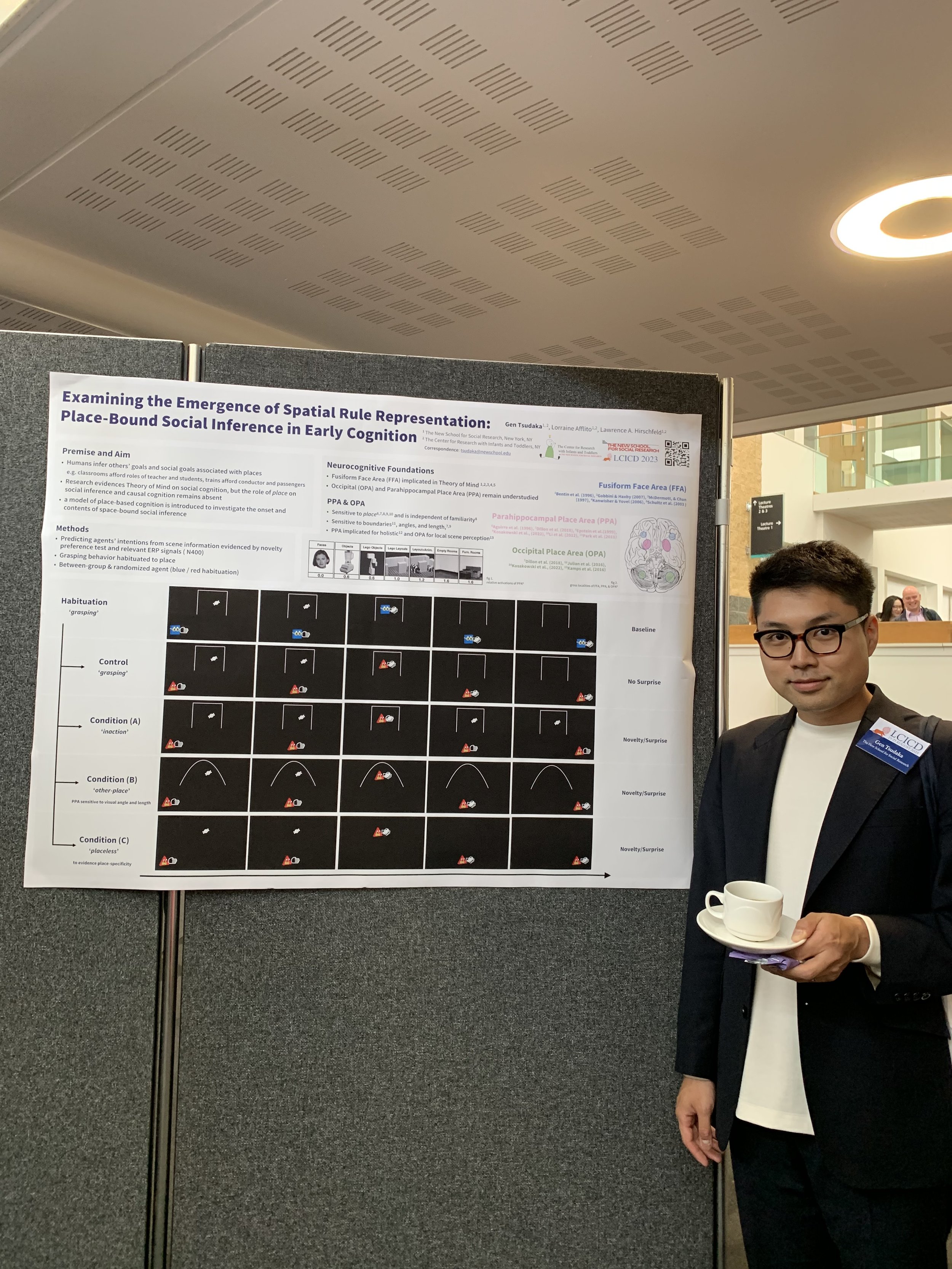

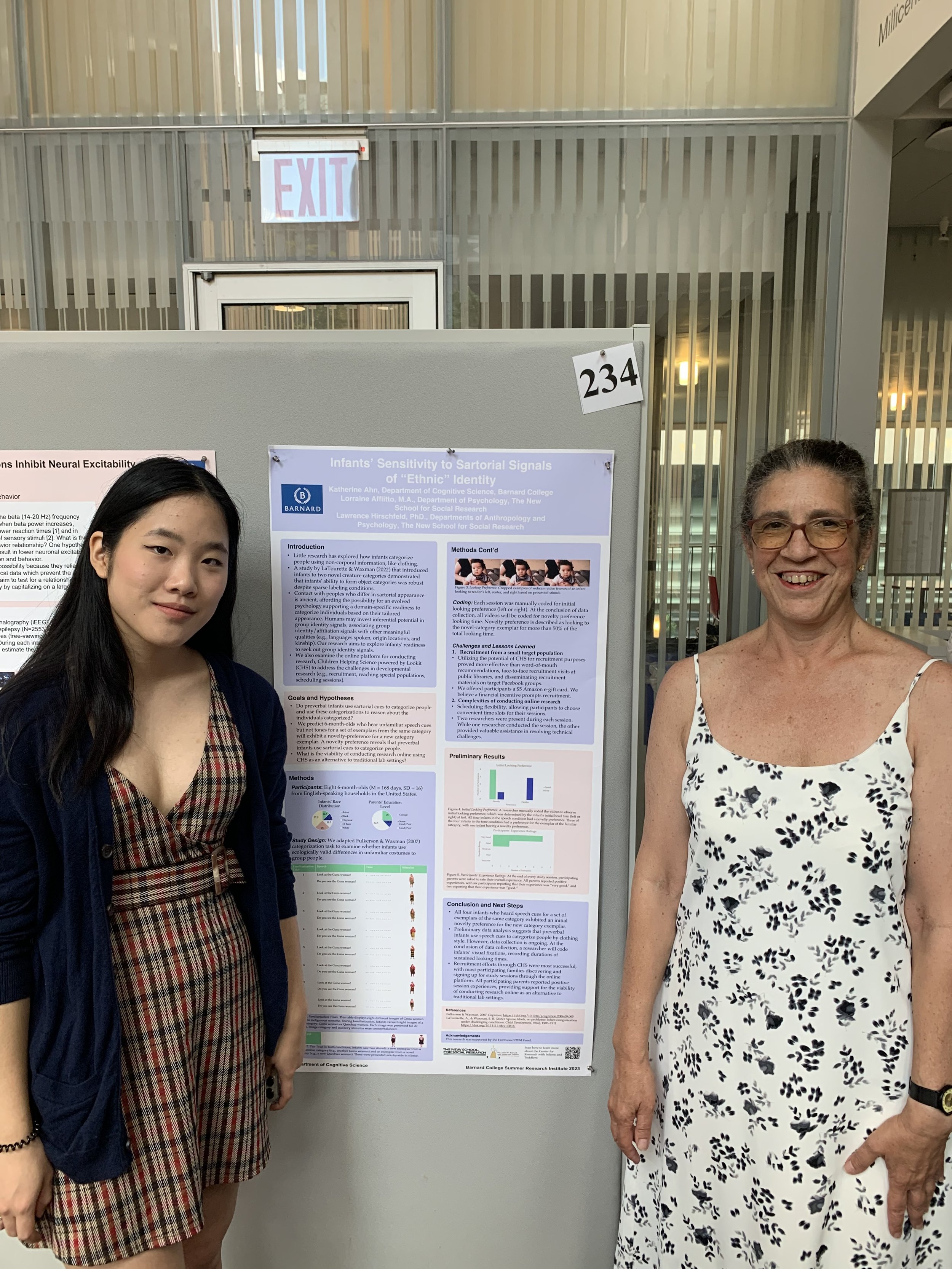
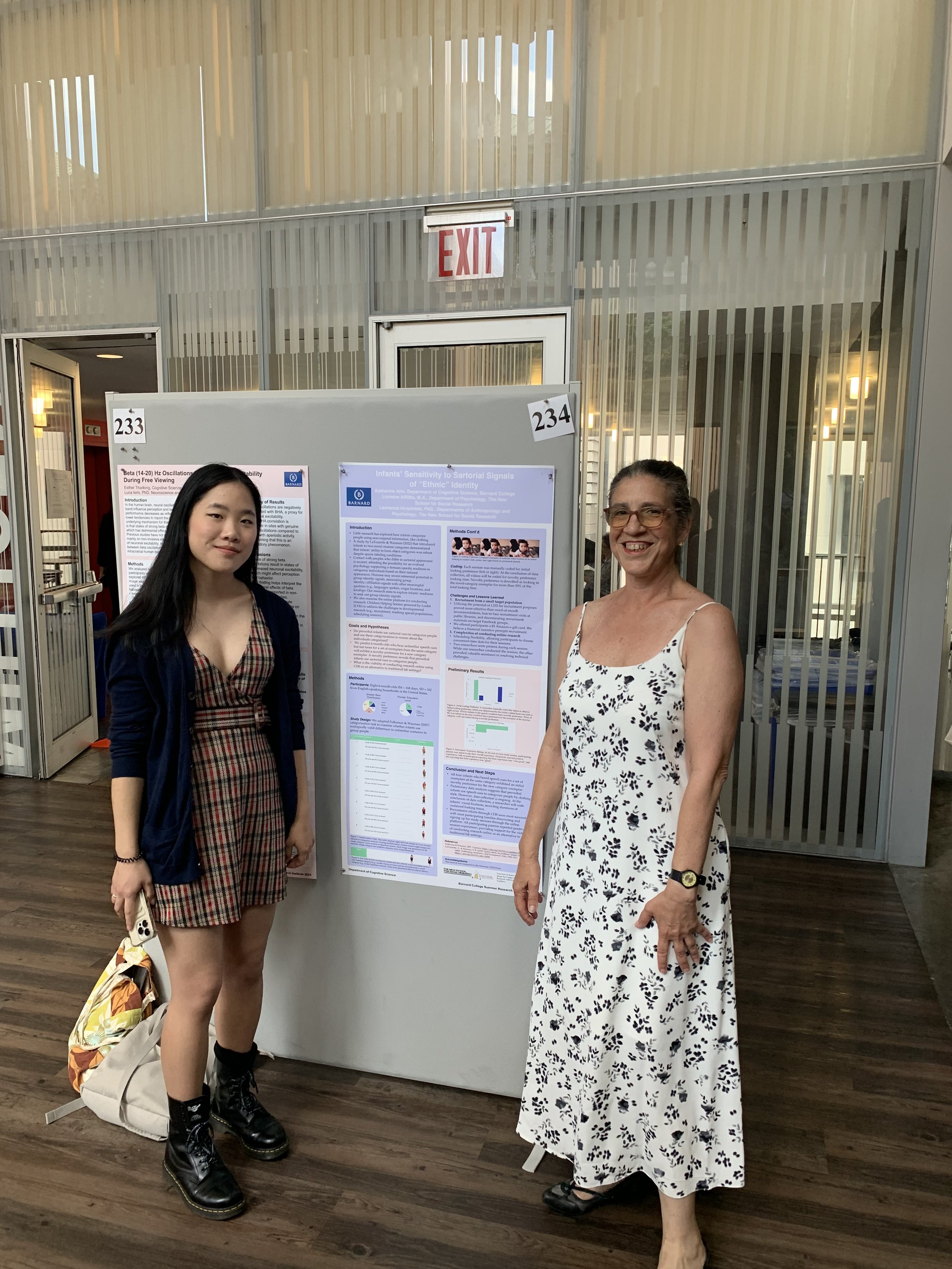
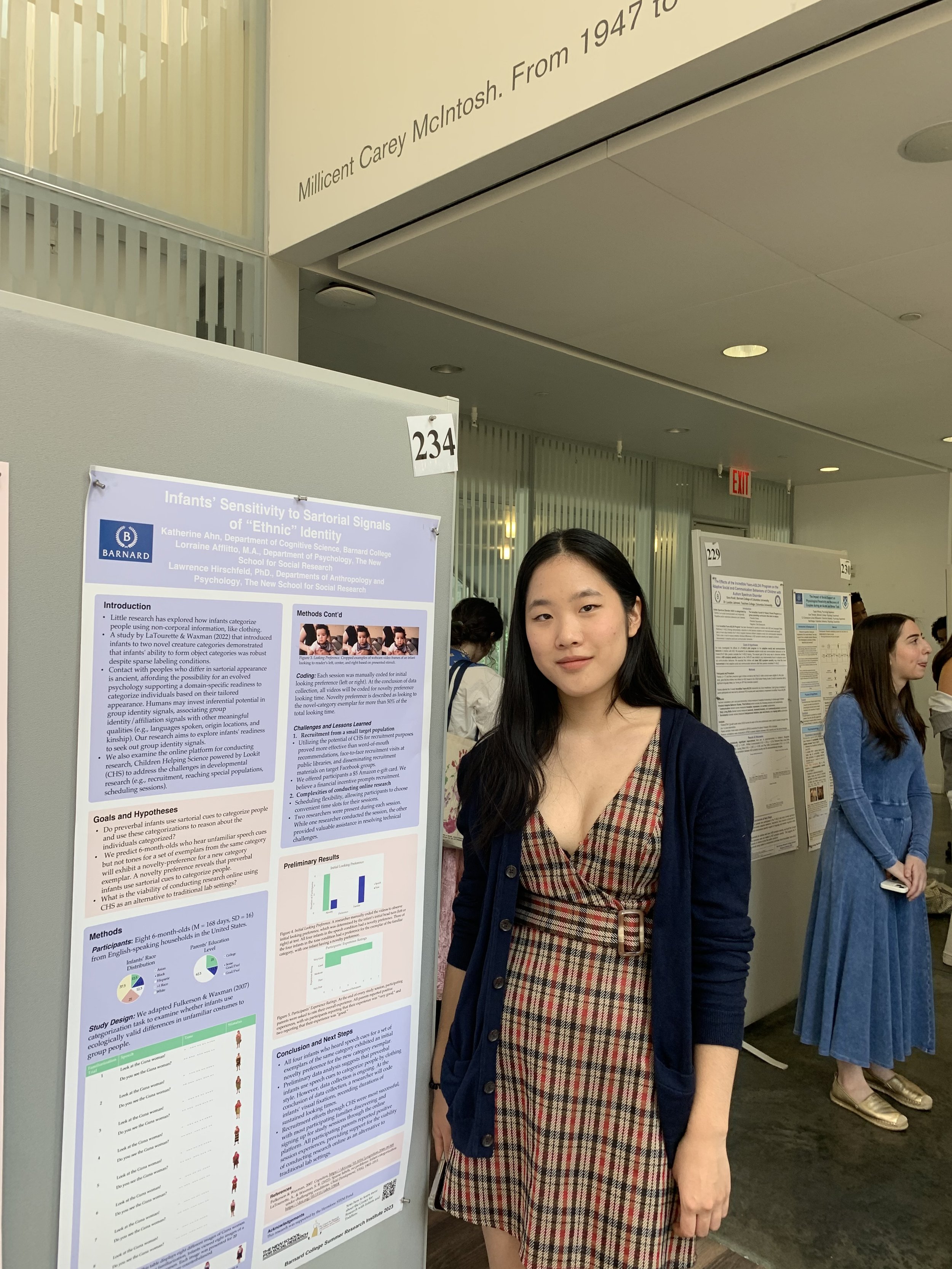
Baby Psychologists!
Baby Psychologists!
OUR LAB
OUR LAB
Lab Team
Lab Team
Lawrence A. HIRsCHFELD
The Lab Director. Lawrence Hirschfeld is a professor of anthropology and of psychology. He received his doctorate in anthropology from Columbia University and was a postdoctoral fellow at the University of Wisconsin, Madison in Social Psychology and at the Laboratoire de psychobiologie de l’enfant in Paris in Developmental Psychology. Before joining the NSSR faculty in 2005, he taught many years at the University of Michigan. His research has focused on cognitive development, revealing preschoolers’ surprisingly adult-like beliefs about social categories such as race, ethnicity, and gender. Current research extends this earlier work by exploring parallel but precursor capacities for group-based reasoning among infants and toddlers. He is author of Race in The Making: Cognition, Culture and The Child’s Construction of Human Kinds (MIT Press) and co-edited Mapping The Mind: Domain Specifity In Cognition and Culture (Cambridge U. Press) and Biological and Cultural Bases of Human Inference (Erbaum Publ.)
LORRAINE AFFLITTO
Lab Manager
BSN, Columbia University School of Nursing;
MSN, Columbia University School of Nursing;
MA, Psychology; The New School for Social Research
I am an adult nurse practitioner and second year PhD student in Cognitive, Developmental and Social Psychology at NSSR. My research explores caregiver beliefs while attempting to understand the articulation of human development, morality, and caregiving. To this end, I am interested in infant social cognition, naive sociology, moral self-regard, moral type casting (agency vs patiency), caregiving relationships across the lifespan, and dehumanization. Recent, past, and current research includes: Dehumanization in medicine and its relationship to physician burnout; Quantifying caregiving as a moral experience: the lived-experience of COVID-19 caregivers.
Selected publications
Afflitto, L. (2017). Embodied social cognition: An interactive article.
https://afflittolorraine.wixsite.com/mysite-3
Afflitto, L. (2000). Psychological factors in facelift surgery in the elderly. Plastic Surgical Nursing 23(3), 135-13
GEN TSUDAKA
One way people make sense of and integrate social reality is by essentializing self and others while building structures that support and maintain it; we refer to these as self-, social-, and cultural identities. Another way, but lesser explored, is how symbolic place (as opposed to physical space) harbors distinctive meaning and identity and even, I claim, modes of thinking that transcend attributes by organizing around shared telos.
Given the impact of place that's had on life, my interest, particularly in this lab, is developing and exploring the theory-of-place as a cognitive primitive to a) extend and address theoretical gaps in the theory-of-mind literature, and b) advocating for different types of socialization to address issues of increasing group polarization and declining capitals of social trust and empathy. [for more: gentsudaka.com]
Victoria Luzuriaga Bastidas
Victoria grew up in the mountains of Ecuador, exploring the rivers and forests she calls home. She holds a BFA in Fine Arts from Parsons School of Art & Design and received her Masters in Psychology from The New School of Social Research. Her interests in early childhood development span socialization, culture, agency, play, and creativity. Her current research focuses on how the youngest members of our society utilize culture as a mediator for authoring their play, which has an effect on one's sense of agency, and how this varies within and across cultures. Victoria also works with participatory methods, such as social cartography, to investigate the current immigration conflict in her home country and how this impacts the education, socialization, and child-rearing practices across cultural groups.
Apart from her research, Victoria works at wBees Forest School a Montessori preschool in Ridgewood, Queens. Her role as the Developmental Specialist is to support the students and families during these formative years by working side-by-side with teachers and caregivers at the developmental, social, emotional, and behavioral levels.
When she’s not exploring life’s little wonders with her students or working on research projects with the Baby Lab, you can find her in her home art studio or in the neighborhood darkroom.
HAMMAD SHEIKH, PHD
Hammad is an ARTIS Research fellow at the New School for Social Research and a visiting scholar at the Centre for the Resolution of Intractable Conflicts (Oxford University). He collaborates with researchers across the world (e.g., Lebanon, Palestinian Territories, Morocco, Northern Ireland) to study populations with direct exposure to violent conflict, such as active combatants. HIs work draws on a variety of methods, ranging from focus groups to large scale surveys and psychological experiments with children and adults.
He teaches Introduction to New Statistics, Advanced Statistics, Data Analysis with R, History and Politics of Terrorism, Terrorism and Apocalyptic Violence classes at graduate level.

Lab Alumni
Lab Alumni

